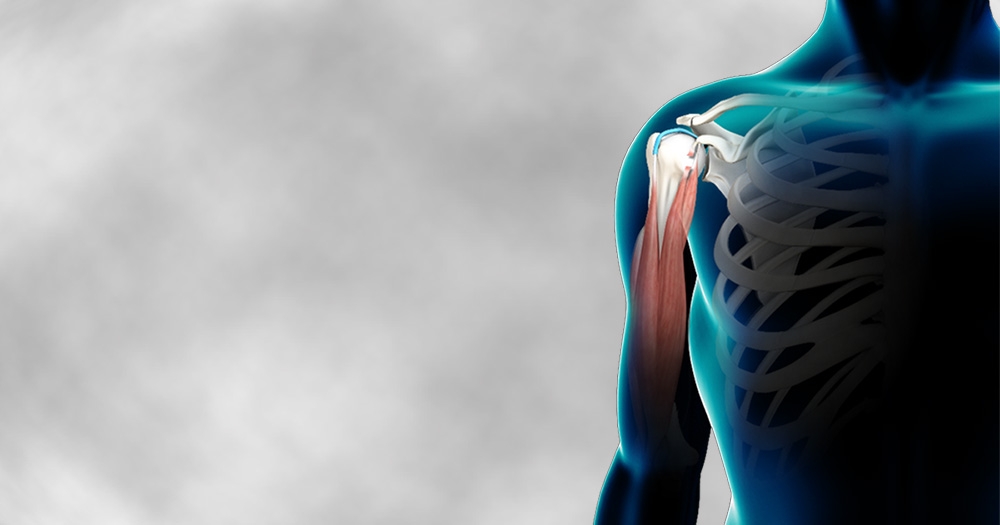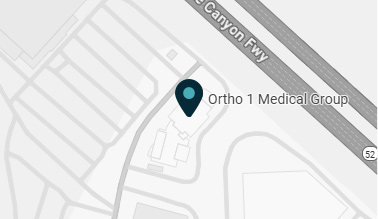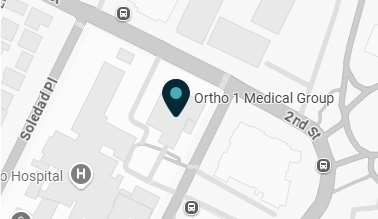Bicep tendon injuries can sneak up on you, turning a simple task like lifting a grocery bag into a painful ordeal.
These injuries happen when the tendons that connect your bicep muscle to your shoulder or elbow become damaged or torn, most commonly from overuse, such as from sports, or sudden trauma, like a fall.
Whether you’re an athlete pushing your limits or someone who had a mishap with heavy lifting, understanding the signs of a bicep tendon injury is key for getting the right treatment.
The board-certified orthopedists at Ortho 1 Medical Group in San Diego, La Jolla, and Coronado, California, specialize in diagnosing and treating these kinds of musculoskeletal injuries.
Take a moment to learn some of the most common signs of a bicep tendon injury so you can take action if you suspect you’ve injured yourself.
1. Sudden, sharp pain in your upper arm
One of the most immediate and telling signs of a bicep tendon injury is a sudden, sharp pain in your upper arm, especially near your shoulder.
This pain usually occurs when the tendon tears, often during heavy lifting or a sudden movement.
The initial pain can be intense, and while it may subside slightly over time, the injury will persist without proper treatment.
2. Bruising in your upper arm and elbow
Bruising is a common sign of a bicep tendon injury because when the tendon tears, it can cause internal bleeding.
This leads to noticeable bruising around your upper arm, elbow, and sometimes your forearm.
The bruising may appear quickly after the injury or develop over the next few days, and it’s often accompanied by swelling.
3. Weakness in the affected arm
If you find it difficult to lift objects or carry out tasks that involve bending your elbow or rotating your forearm, you may have a bicep tendon injury.
The tear in the tendon can weaken the connection between your muscle and bone, making it challenging to perform even simple tasks, like lifting a cup of coffee or turning a doorknob.
4. Bicep cramping and spasms
Cramping or spasms in the bicep muscle can also be a sign of a tendon injury.
These involuntary muscle contractions can be painful and may happen during activities that put stress on your injured tendon, such as lifting or reaching.
Cramping is your body’s way of signaling that something is wrong with the muscle or tendon, and it shouldn’t be ignored.
5. Abnormal bulge in the bicep
A noticeable bulge in your bicep muscle, often referred to as a "Popeye muscle," is a classic sign of a bicep tendon rupture.
This happens when your tendon tears away from the bone, causing the muscle to bunch up towards your shoulder or elbow.
The bulge is often accompanied by a gap or indentation near the site of your tendon tear, and it’s a clear sign that you need medical attention.
Get personalized treatment for bicep tendon injuries
If you're experiencing any of the above signs, it's important to seek evaluation from a board-certified orthopedist at Ortho 1 Medical Group.
Early diagnosis and treatment are key for preventing further damage and restoring full function to your arm.
Our team specializes in minimally invasive surgical techniques to repair torn tendons and help you regain strength and mobility.
We also provide personalized physical therapy plans to support your recovery and make sure you experience the best possible outcome.
Don't let a bicep tendon injury limit your daily activities. Schedule a consultation at the San Diego area Ortho 1 Medical Group location nearest you to discuss your symptoms and explore the best treatment options.





















